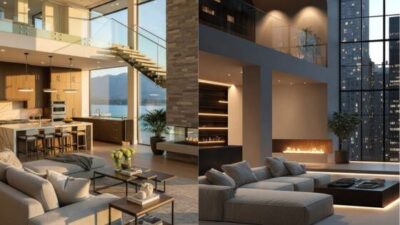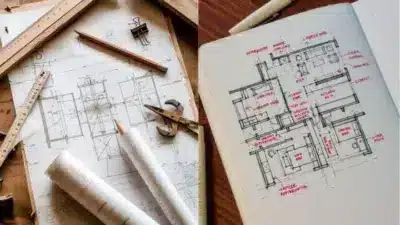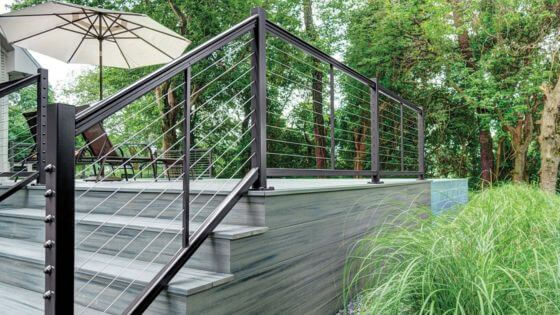Roof design is an essential aspect of architecture that significantly impacts both aesthetics and functionality. The right roofing design can enhance a building’s energy efficiency, curb appeal, and overall longevity. For code-compliant, long-life systems, consider consulting local commercial roofing expertise in Indianapolis. They can translate design goals into serviceable assemblies for busy facilities. By understanding various roofing systems, materials, and architectural principles, one can make informed decisions that optimize performance and visual appeal.

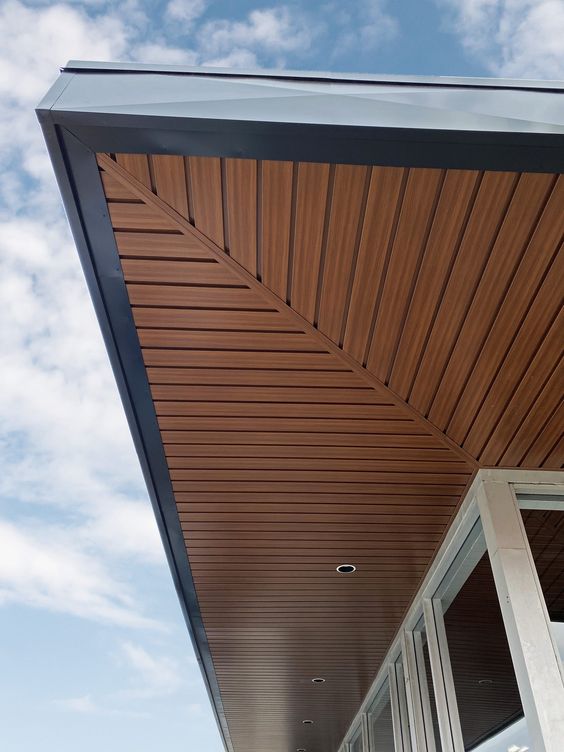
Different architectural styles and historical contexts have influenced roof designs over the years. These designs vary not only in form but also in function, addressing specific climatic and environmental challenges. Exploring the evolution of roofing techniques reveals the innovative solutions that have emerged to meet modern needs.
A sleek, modern home starts from the top — choosing the right roofing system ensures durability, energy efficiency, and architectural harmony from the very first glance. Working with a trusted West Chester roofing company can make all the difference in installing a roof that combines style and durability.
Investigating the principles behind effective roof design provides insight into constructing safe and durable structures. From maintenance requirements to safety considerations, the broader implications of roof design extend beyond mere aesthetics, making it a critical area for both homeowners and architects alike.
Key Takeaways
- Effective roof design combines aesthetics with functionality.
- Understanding roofing systems influences energy efficiency and durability.
- Historical context shapes modern roof construction techniques.
Historical Evolution of Roof Design
Roof design has evolved significantly across cultures and time periods. Early human shelters utilized simple materials like thatch and animal hides, providing basic protection.
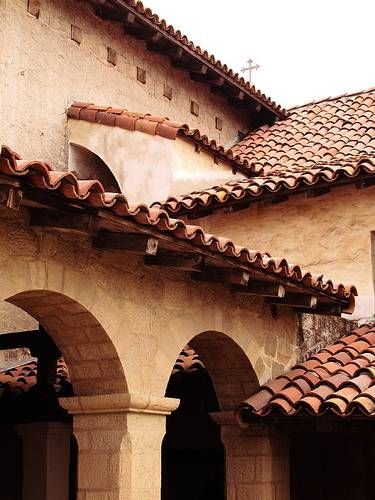

As societies advanced, they began using more durable materials. Ancient civilizations, such as the Egyptians and Greeks, showcased the use of clay tiles and stone slabs.
Key Developments in Roof Design:
Medieval Times: The introduction of the gable roof became popular in Europe. Its steep angles allowed for efficient rain and snow runoff.
Renaissance Era: Architectural symmetry and proportion influenced roof design. The use of ornate features, like domes, became prominent.
Industrial Revolution: Advancements in materials such as iron and glass led to innovations like the flat roof. These were especially common in urban settings.
20th Century: Modernism brought about minimalistic designs, utilizing materials like concrete and metal. Green roofs emerged as an environmentally friendly option.
Throughout history, roofs have not only served practical purposes but also reflected cultural identities. The design variations display the interplay of technology, available resources, and aesthetic choices that shaped each era’s architectural landscape.
Basic Principles of Roof Design

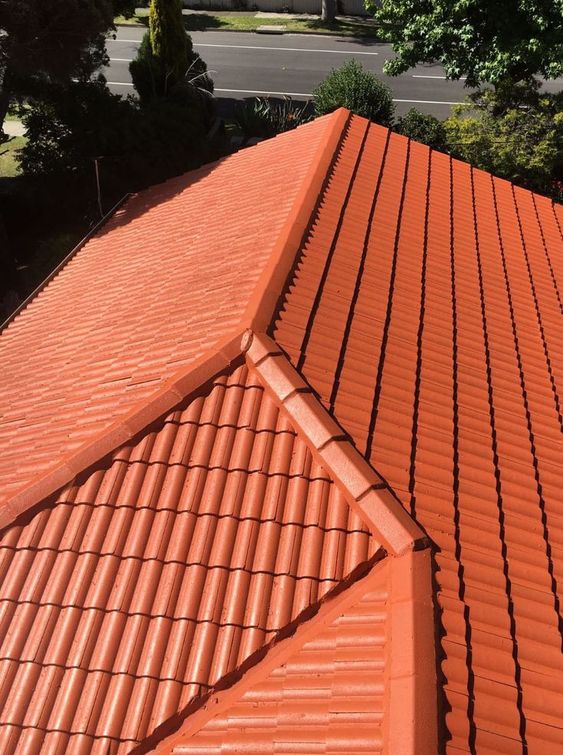
Roof design encompasses several critical components that ensure functionality, aesthetic appeal, and durability. Key aspects include the roof’s purpose, the shapes and styles appropriate for different buildings, material selection, and the impact of climatic conditions.
Roof Functionality
The primary function of a roof is to provide protection from weather elements such as rain, snow, wind, and sun. A well-designed roof will divert water away from the structure, preventing leaks and damage. Proper slope is essential for water drainage, with steeper roofs facilitating quicker runoff.
Additionally, roofs offer insulation, contributing to energy efficiency. The choice of materials and construction also influences how well a roof can maintain indoor temperatures. Roof ventilation is crucial in maintaining air quality and reducing heat buildup in attics, enhancing the lifespan of roofing materials.
Roof Shapes and Styles
Roof shapes significantly influence a building’s aesthetic and functional characteristics. Common shapes include gable, hip, flat, and shed roofs, each serving specific architectural styles and climate needs.
- Gable roofs: Characterized by two sloping sides, they are effective in shedding water and snow.
- Hip roofs: Featuring slopes on all sides, they offer better wind resistance.
- Flat roofs: Often found in modern architecture, they allow for rooftop gardens but may require more frequent maintenance.
Selecting the right shape can enhance a building’s appearance and ensure it meets local building codes while fulfilling its functional purpose.
Materials Consideration
Material choice plays a pivotal role in roof design. Common materials include asphalt shingles, metal, clay tiles, and slate. Each material has distinct properties affecting durability, weight, insulation, and cost.
- Asphalt shingles: Widely used for their affordability and ease of installation.
- Metal: Known for longevity and fire resistance, making it suitable for various climates.
- Clay tiles: Offer aesthetic appeal and thermal efficiency but tend to be heavier.
Factors such as maintenance needs, environmental impact, and local building guidelines should inform material selection.
Climatic and Environmental Factors
The local climate shapes roof design decisions. Regions prone to heavy snowfall require roofs with steep pitches to prevent accumulation, while areas with high temperatures may benefit from reflective materials to reduce heat absorption.
Environmental considerations include sustainability and energy efficiency. Utilizing solar panels, green roofs, or materials with low environmental impact can enhance a building’s energy profile. Additionally, understanding weather patterns aids in planning for structural durability, ensuring the roof withstands local conditions over time.
Architectural Considerations
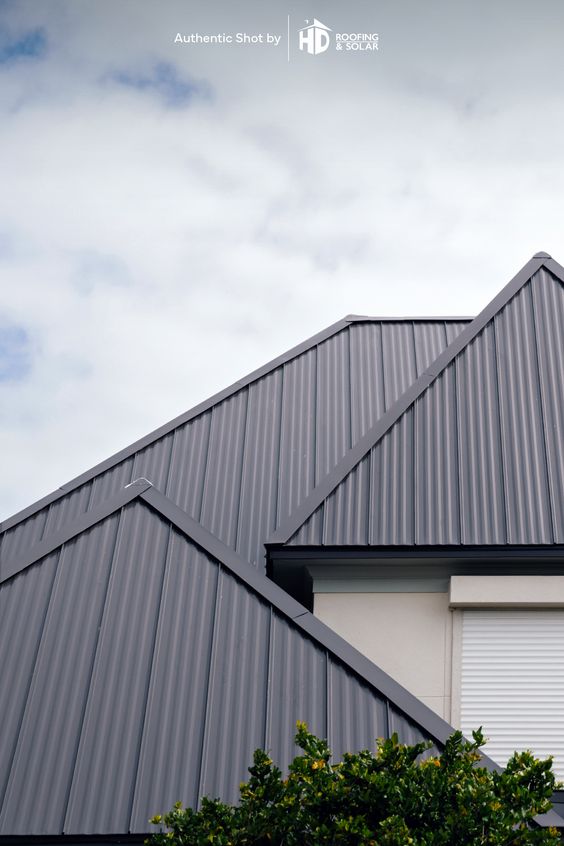
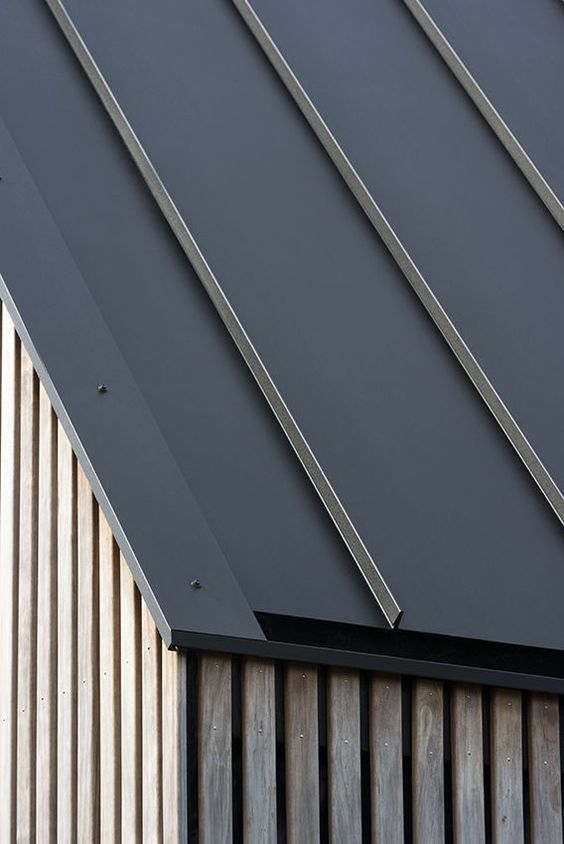
When designing a roof, several architectural factors must be taken into account. These include aesthetic aspects, structural integrity, and energy efficiency, each playing a crucial role in the overall performance and appeal of the building.
Aesthetic Aspects
The aesthetic appeal of a roof significantly influences the architectural style of a building. It can enhance the visual harmony with surrounding structures and landscapes.
- Material Choices: Different materials such as slate, metal, or shingles create unique looks. Each option can reflect various architectural styles, from traditional to modern.
- Color and Texture: Roof color and texture contribute to curb appeal. Light colors can lend a fresh, contemporary feel, while darker hues often suggest elegance.
- Form and Shape: The roof’s shape—gable, flat, or hipped—affects the visual profile. It can also dictate the interior space and functionality, impacting the overall design narrative.
Structural Integrity
A roof must be designed to withstand various environmental factors while maintaining structural integrity. This includes load-bearing capacity, weather resistance, and longevity.
- Load Considerations: Roofs must support snow, rain, and wind loads. Proper calculations ensure safety and durability.
- Material Durability: The choice of materials affects longevity. For example, metal roofs may resist corrosion but can be prone to denting, while asphalt shingles might need more frequent replacement.
- Building Codes: Compliance with local building codes ensures safety and structural reliability. Regulations often dictate the appropriate materials and structural designs.
Energy Efficiency
Energy efficiency is essential in modern roof design, influencing environmental impact and utility costs. Effective roofing strategies contribute to sustainability.
- Insulation Quality: Good insulation helps maintain temperature, reducing heating and cooling needs. Materials with high thermal resistance can enhance energy efficiency.
- Reflective Surfaces: Cool roofing materials can reflect solar energy, decreasing heat absorption. This can lead to lower air conditioning costs in warmer climates.
- Ventilation Systems: Proper roof ventilation facilitates air circulation, which can prevent heat buildup and moisture accumulation, supporting a healthier indoor environment.
Types of Roofing Systems
Roofing systems vary significantly in design, materials, and applications. Each type serves unique purposes and comes with distinct advantages.
Pitched Roofs
Pitched roofs are characterized by their sloped nature, which effectively sheds water and snow. This design minimizes the risk of leaks and allows for natural drainage, making it ideal for regions with heavy precipitation.
Common materials for pitched roofs include asphalt shingles, tiles, and metal. Pitched roofs also offer increased attic space, which can be utilized for storage or living areas.
The angles of these roofs can vary, ranging from shallow to steep slopes. Their aesthetic appeal is significant, as they often enhance the visual character of buildings.
Flat Roofs
Flat roofs, as the name suggests, have a minimal slope, usually less than 10 degrees. They are more commonly found in commercial buildings but are also popular in residential architecture.
These roofs provide easy access for maintenance and installations like HVAC systems. Popular materials include built-up roofing (BUR), single-ply membranes, and modified bitumen.
While flat roofs can pose drainage issues, they can be equipped with proper drainage systems. They also offer opportunities for outdoor living spaces, such as roof gardens or terraces.
Green Roofs
Green roofs incorporate vegetation over a waterproof membrane. They enhance energy efficiency by providing insulation and reducing heat absorption.
These roofs promote biodiversity and can manage stormwater runoff effectively. They often require a specialized design to support soil and plant life, along with a layer of drainage and irrigation systems.
Common plants include sedums and grasses, which are chosen for their resilience. The aesthetic and environmental benefits make green roofs increasingly popular in urban landscapes.
Skylights and Rooftop Features
Skylights are windows installed in the roof that allow natural light into a building. They enhance indoor spaces and can reduce reliance on artificial lighting.
Other rooftop features may include solar panels, roof gardens, and walkable terraces. These installations not only improve functionality but also contribute to a building’s sustainability.
Proper placement and installation of skylights are crucial to prevent leaks. The right roofing system can support these features effectively, ensuring long-term performance and enjoyment.
Roof Construction Techniques
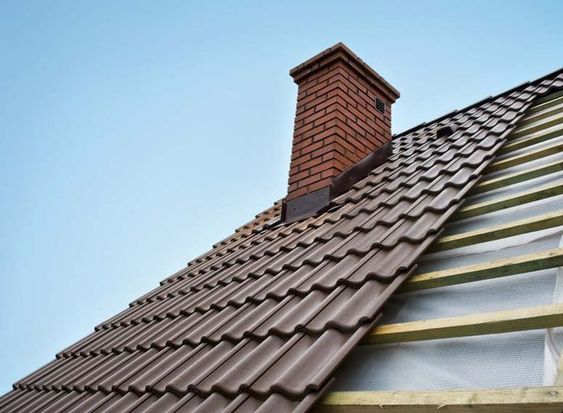
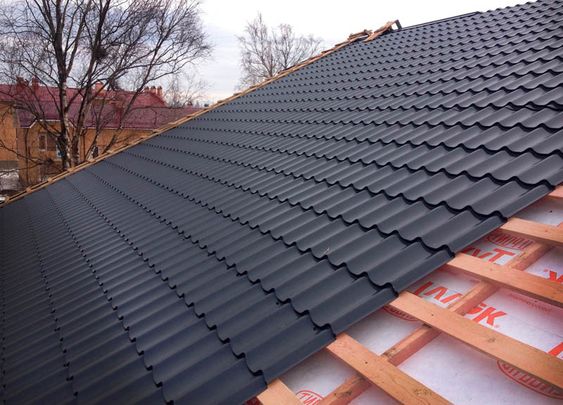
This section explores various roof installation methods that highlight traditional craftsmanship, modern innovations, and sustainable practices. Each technique has unique benefits and considerations, shaping how roofs are built across different contexts.
Traditional Methods
Traditional roofing techniques, often characterized by their hand-crafted elements, include methods like thatched roofs, wooden shingles, and clay tiles. Thatched roofs use reeds or straw and require skilled artisans for proper installation and maintenance. Wooden shingles offer natural aesthetics and durability but necessitate proper treatment to withstand weather conditions.
Clay tiles are popular in regions with high temperatures, providing excellent insulation. They are heavy, requiring a sturdy support structure. Supporting frames often consist of timber or steel, which help ensure longevity and integrity under various stress factors.
Modern Advances
Modern advances in roof construction incorporate innovative materials and techniques that enhance performance and efficiency. Among them, metal roofing stands out. It is lightweight, durable, and resistant to extreme weather. Additionally, it reflects solar heat, contributing to energy efficiency.
Another significant advancement is the use of synthetic roofing materials, such as rubber and polymer-based products. These materials can mimic traditional styles while offering improved lifespan and reduced maintenance needs. Techniques such as modular roofing systems allow faster installation and customization, appealing to contemporary architectural preferences.
Sustainable Practices
Sustainable roofing practices are gaining popularity in response to environmental concerns. Green roofs, which incorporate vegetation, provide insulation and manage stormwater. They contribute to biodiversity while reducing urban heat.
Solar roofing integrates photovoltaic panels directly into roofing systems, generating renewable energy and mitigating utility costs. Recycled materials, like reclaimed wood or metal, are frequently used, promoting waste reduction. Utilizing reflective coatings on roofs also improves energy efficiency by minimizing heat absorption.
Roof Maintenance and Durability
Maintaining a roof is essential for ensuring its longevity and effectiveness. Key aspects include regular inspections, timely repairs, and understanding the roof’s life cycle. Addressing these areas helps homeowners and facility managers achieve durability and performance.
Regular Inspections
Regular inspections are vital for identifying potential problems early. It is recommended that roofs be inspected at least twice a year, ideally in spring and fall. During inspections, professionals check for loose or missing shingles, signs of leaks, and damage from weather events.
- Visual Check: Inspect the roof surface for any visible damage.
- Gutter Maintenance: Clean gutters to prevent water accumulation.
- Safety Measures: Always prioritize safety by using appropriate gear and equipment.
Timely inspections can mitigate costly repairs by addressing issues before they escalate.
Repair and Renovation
Prompt repairs are crucial for maintaining a roof’s integrity. When damage is discovered, it is essential to address it as soon as possible. Common repairs include replacing damaged shingles, sealing leaks, or reinforcing weakened structures.
- Material Selection: Choose high-quality materials to ensure durability.
- Professional Help: Consider hiring a licensed contractor for extensive repairs.
- Routine Maintenance: Establish a maintenance schedule, including cleaning and minor repairs.
Renovation may involve more significant upgrades, such as waterproofing or installing a new roofing system, which can extend the roof’s lifespan significantly.
Life Cycle Analysis
Life cycle analysis (LCA) assesses the long-term performance and sustainability of roofing materials. This evaluation considers factors from manufacturing to disposal, helping owners make informed decisions.
- Material Choices: Consider energy-efficient materials that lower operating costs.
- Environmental Impact: Evaluate how materials affect the environment throughout their life cycle.
- Cost-Benefit Analysis: Weigh initial costs against longevity and potential maintenance needs.
LCA provides valuable insights that help in selecting roofing systems that offer both durability and efficiency.
Roof Safety and Accessibility
Ensuring safety and accessibility for roofing is crucial for maintenance and any potential repairs. Adequate planning in this area minimizes risks and enhances efficiency for the personnel working on roofs.
Roof Access Points
Creating well-designed roof access points is essential. Access should be both safe and convenient, incorporating features such as ladders, stairs, or permanently installed roof hatches.
Key Access Considerations:
- Location: Position access points away from hazards.
- Design: Sturdy handrails and anti-slip surfaces should be included.
- Weight Capacity: Ensure compliance with load requirements to support personnel and equipment.
Regular inspections and maintenance of access points will help identify wear and tear. This vigilance prevents accidents and ensures reliable usage, making it easier for workers to reach and navigate roof spaces.
Fall Protection Systems
Fall protection is a critical component of roof safety. Employing various systems is necessary to safeguard workers from potential falls.
Common Fall Protection Methods:
- Guardrails: Install around edges to provide physical barriers.
- Safety Harnesses: Use personal fall arrest systems for individuals working at heights.
- Warning Lines: Set up visual cues at the edge to alert workers of boundaries.
Training personnel on the proper use of these systems is vital. Clear protocols and education significantly reduce the risk of accidents. Regular assessments of fall protection measures maintain safety standards and compliance with regulations.
Legal and Code Requirements
Compliance with legal and code requirements is crucial in roof design. These regulations ensure safety, durability, and adherence to local standards, impacting the design and materials used.
Local Building Codes
Local building codes define specific requirements for roof design and construction. These codes address materials, structural integrity, insulation, and drainage, among other factors. Each jurisdiction may have unique codes based on climate, geography, and safety considerations.
Key elements include:
- Load requirements: Must support potential snow accumulation or wind loads.
- Material specifications: Specific approved materials that meet fire and weather resistance criteria.
- Design aesthetics: Guidelines that ensure compatibility with neighborhood aesthetics.
Consulting local officials or building departments before starting a project is advisable to understand these specific codes thoroughly.
Permitting and Documentation
Obtaining the necessary permits is a vital step in roof design. Permits verify that the proposed design complies with local regulations and standards. This process often requires detailed plans, specifications, and inspections.
Key documents may include:
- Construction plans: Show structural details and material specifications.
- Engineering reports: Validate load-bearing calculations and other structural requirements.
- Inspection reports: Required at various construction stages to ensure compliance.
Failure to secure permits can lead to fines, required modifications, or even project shutdowns. Therefore, it is essential to keep all documentation organized and accessible throughout the roofing project.
Innovations in Roof Design
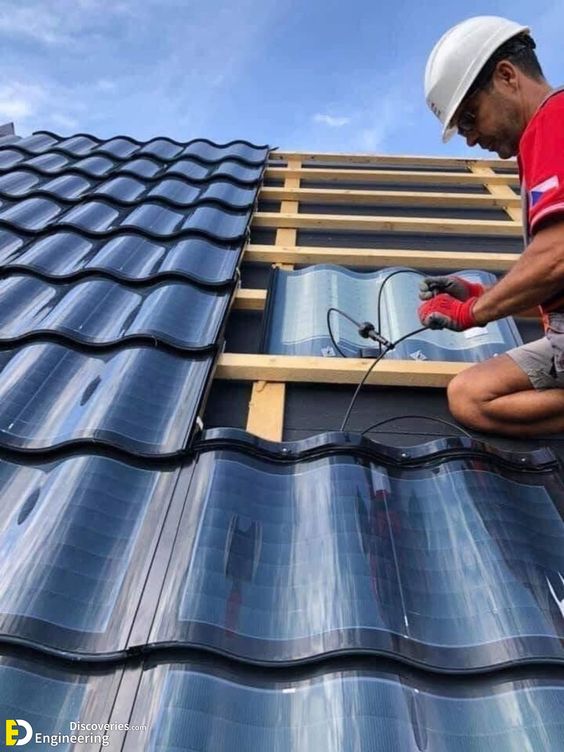
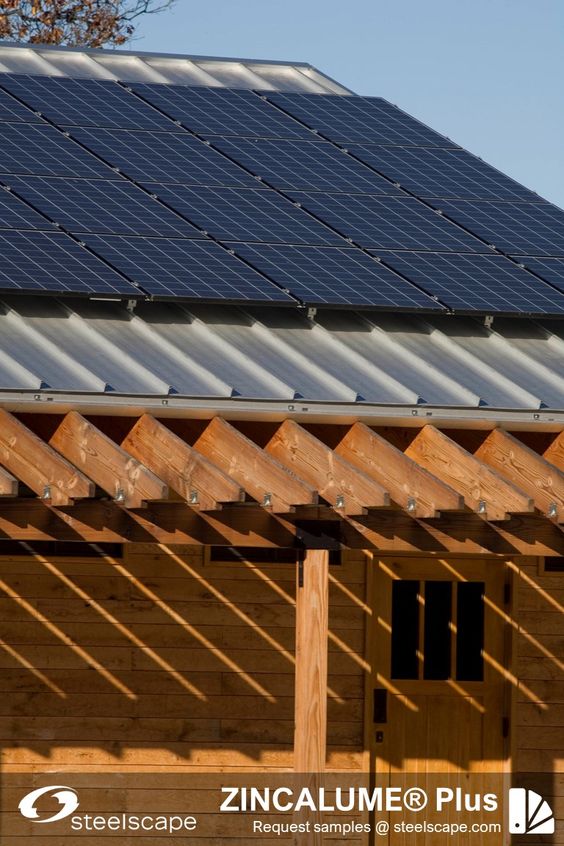
Recent advancements in roof design are reshaping how buildings interact with their environment. Technologies are evolving to enhance efficiency and sustainability, paving the way for smarter, energy-integrated structures.
Smart Roofing Technologies
Smart roofing technologies encompass a variety of systems that improve building performance. These innovations include sensors that monitor roof temperature, moisture levels, and structural integrity. By gathering data, these systems can provide real-time feedback and maintenance alerts.
Additionally, smart roofing can incorporate adaptive materials. For instance, phase change materials (PCMs) absorb and release heat as temperatures fluctuate, promoting energy efficiency. Green roofs also play a role, providing insulation and absorbing rainwater to reduce runoff.
Integrating these technologies enhances the lifespan of the roof while minimizing energy consumption. This approach ultimately leads to reduced operational costs for building owners.
Alternative Energy Integration
Alternative energy integration in roof design is becoming increasingly important. Roofs can now accommodate solar panels, green energy systems, and even wind turbines.
Solar roofs utilize photovoltaic materials to generate electricity, reducing reliance on traditional power sources. Building-Integrated Photovoltaics (BIPV) creatively blend solar energy systems into building materials, maximizing aesthetic appeal while generating energy.
Green roofs also contribute to energy efficiency by decreasing heat absorption and improving insulation. By using plants and soil, these roofs can lower ambient temperatures, leading to reduced air conditioning costs.
This focus on alternative energy not only contributes to sustainability but also helps meet regulatory standards for energy performance.
Case Studies and Famous Examples
Several notable buildings showcase innovative roof designs that have influenced architecture.
1. Sydney Opera House, Australia

The Sydney Opera House, designed by Jorn Utzon, features a distinct series of white, sail-like shells. This design maximizes natural light and offers stunning views of the harbor.
2. The Guggenheim Museum, Bilbao, Spain
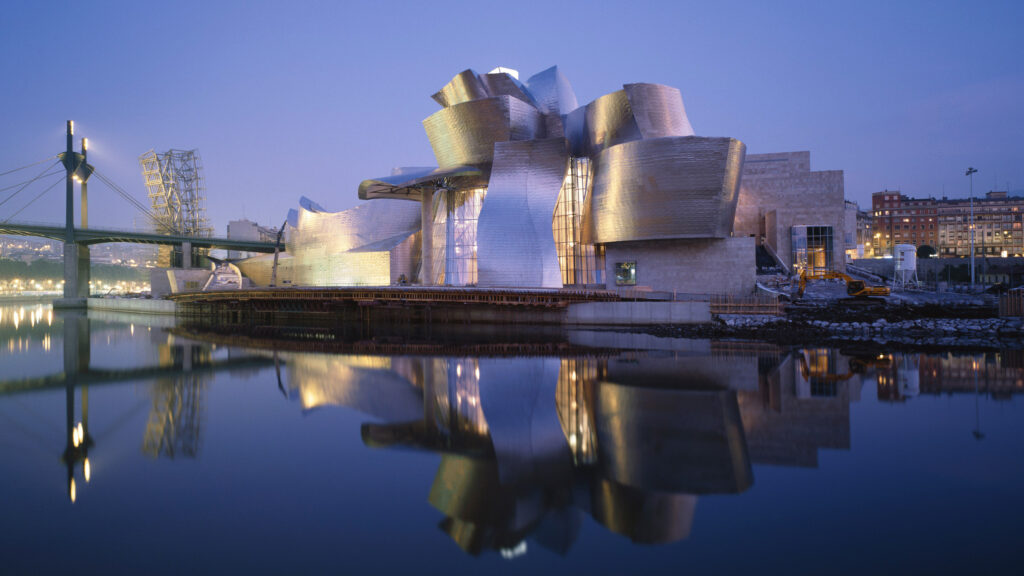
Designed by Frank Gehry, this museum utilizes a complex, curvilinear roof structure. The titanium panels respond uniquely to the surrounding light, enhancing the building’s organic shape.
3. The Eden Project, Cornwall, England
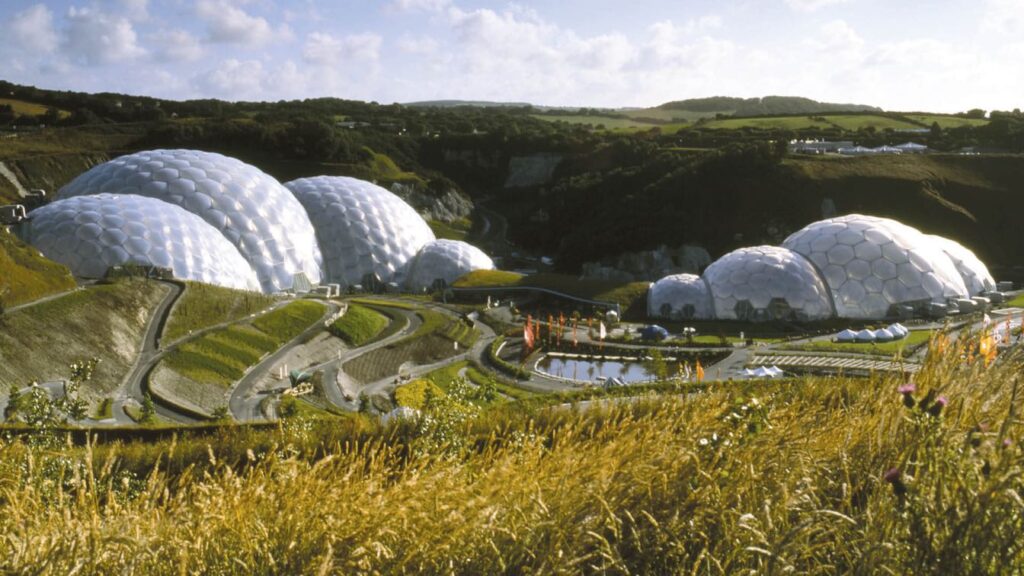
Heath Robinson’s Eden Project incorporates geodesic domes made of ETFE. These structures provide optimal climate control for diverse plant species and feature a lightweight, sustainable design.
4. The Lloyd’s Building, London, England
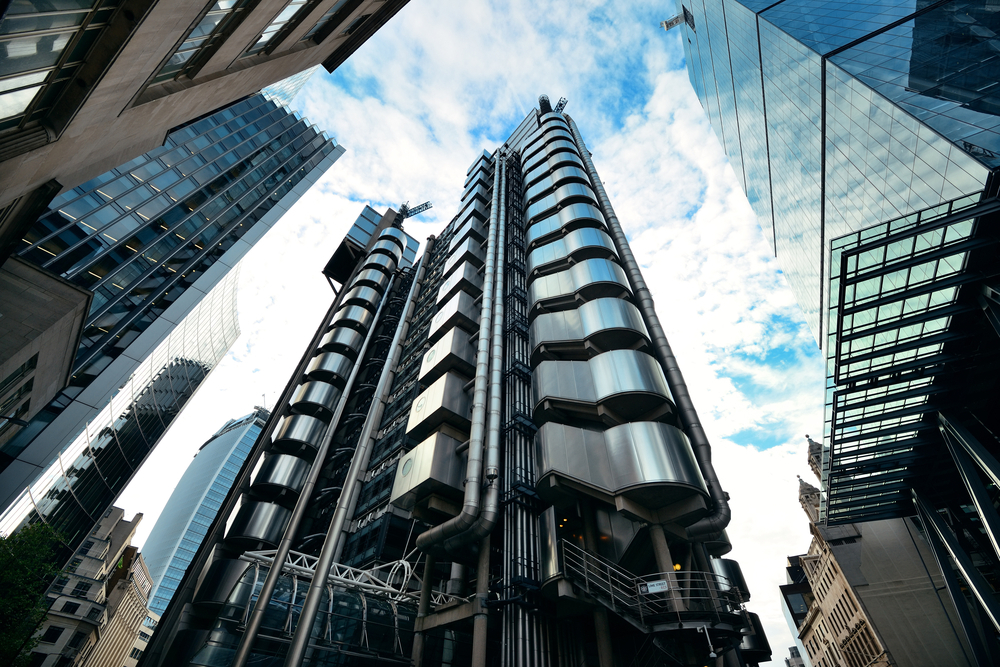
Richard Rogers’s Lloyd’s Building presents an exposed, functional roof. Its design emphasizes transparency and accessibility while integrating a variety of mechanical systems.
5. The Glass House, Connecticut, USA

Designed by Philip Johnson, the Glass House exemplifies minimalist design with its transparent roof. This feature creates a seamless connection with the outdoors while allowing natural light to flood the interior.
These examples reflect diverse materials, styles, and functions in roof design, contributing to each building’s identity and purpose.
- 44shares
- Facebook0
- Pinterest41
- Twitter3
- Reddit0

